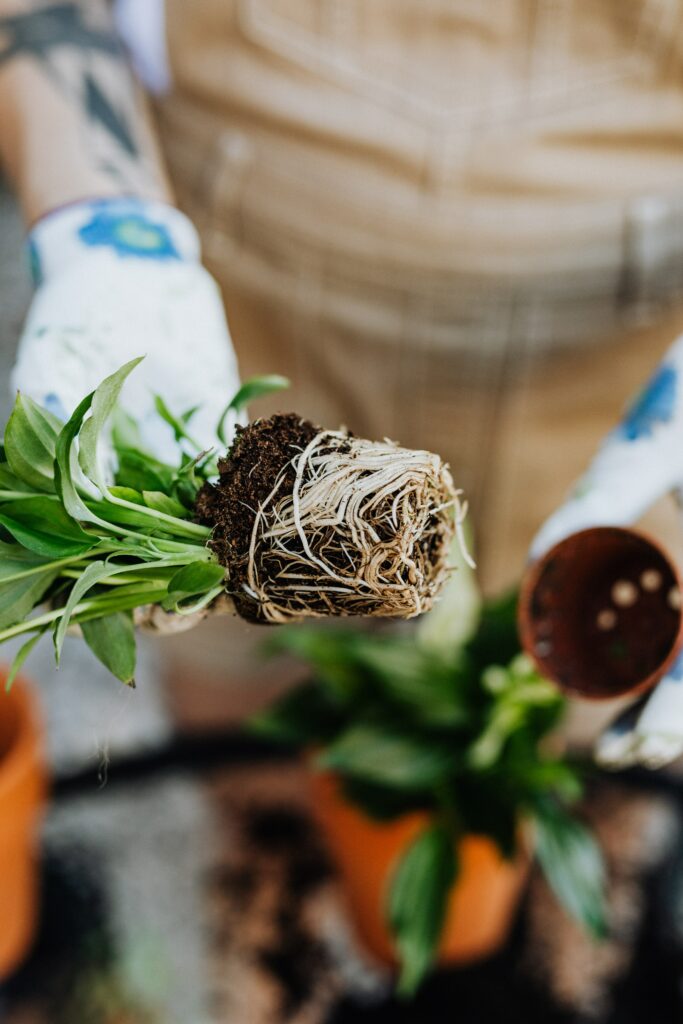Spring Fever – Selecting Quality Plants for Your Landscape
go.ncsu.edu/readext?778091
en Español / em Português
El inglés es el idioma de control de esta página. En la medida en que haya algún conflicto entre la traducción al inglés y la traducción, el inglés prevalece.
Al hacer clic en el enlace de traducción se activa un servicio de traducción gratuito para convertir la página al español. Al igual que con cualquier traducción por Internet, la conversión no es sensible al contexto y puede que no traduzca el texto en su significado original. NC State Extension no garantiza la exactitud del texto traducido. Por favor, tenga en cuenta que algunas aplicaciones y/o servicios pueden no funcionar como se espera cuando se traducen.
Português
Inglês é o idioma de controle desta página. Na medida que haja algum conflito entre o texto original em Inglês e a tradução, o Inglês prevalece.
Ao clicar no link de tradução, um serviço gratuito de tradução será ativado para converter a página para o Português. Como em qualquer tradução pela internet, a conversão não é sensivel ao contexto e pode não ocorrer a tradução para o significado orginal. O serviço de Extensão da Carolina do Norte (NC State Extension) não garante a exatidão do texto traduzido. Por favor, observe que algumas funções ou serviços podem não funcionar como esperado após a tradução.
English
English is the controlling language of this page. To the extent there is any conflict between the English text and the translation, English controls.
Clicking on the translation link activates a free translation service to convert the page to Spanish. As with any Internet translation, the conversion is not context-sensitive and may not translate the text to its original meaning. NC State Extension does not guarantee the accuracy of the translated text. Please note that some applications and/or services may not function as expected when translated.
Collapse ▲When shopping and selecting plants for your landscape this spring, examine the root system, form, shape, and proportions of each plant you consider, whether bare-root, container grown, or balled & burlapped.
Bare-root plants have the soil washed or shaken from the roots. Be sure the roots are not crushed or broken and that there is no damage to the trunk. Good-quality, bare-root plants have moist roots, not dry, brittle ones.
In container-grown plants, the root system should be well established, but not to the point of outgrowing the container or being root-bound. Gently remove a plant you are considering for purchase from the pot and inspect the roots. If the roots are coiled around one another, or are circling the surface of the container, or are coming out of the drain holes, the plant is probably root-bound.
Check the rootballs of balled & burlapped (B&B) plants. The rootball of a B&B plant should be compact and firm. If it is loose or cracked, the root system may be damaged. Also, make sure the trunk of the plant is not damaged.
 As you select plants, consider shape and form. Look for trees and shrubs with full, natural shapes. Avoid any with major bare spots caused by missing or broken limbs. Good form is a sign of quality and care. Always select plants with good form so that, as they mature, they grow into an attractive, natural shape. Misshapen trees and plants only look more awkward as they grow. Closely related to shape and form are the proportions of a plant. The trunks of healthy, well-formed plants are straight in the ball and container. The plant should not have slanted, twisted, or deformed stems. Quality garden centers usually offer a wide selection of healthy, well-formed plants.
As you select plants, consider shape and form. Look for trees and shrubs with full, natural shapes. Avoid any with major bare spots caused by missing or broken limbs. Good form is a sign of quality and care. Always select plants with good form so that, as they mature, they grow into an attractive, natural shape. Misshapen trees and plants only look more awkward as they grow. Closely related to shape and form are the proportions of a plant. The trunks of healthy, well-formed plants are straight in the ball and container. The plant should not have slanted, twisted, or deformed stems. Quality garden centers usually offer a wide selection of healthy, well-formed plants.
Join the Master Gardener℠ volunteers of Union County for the Successful Gardener program on Thursday, March 4, 2021, at 7 p.m. for a free online program with Extension Livestock Agent, Rachel Owens. She will be talking about Managing Plants that are Toxic to Livestock and Pets. Call me at 704-283-3729 to receive the link for the meeting.




